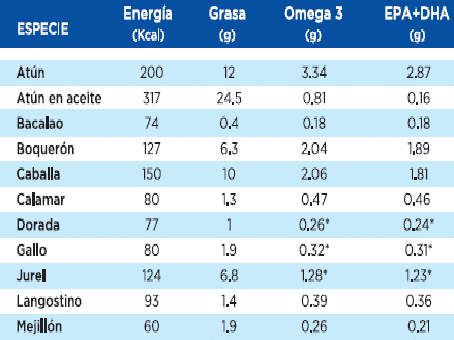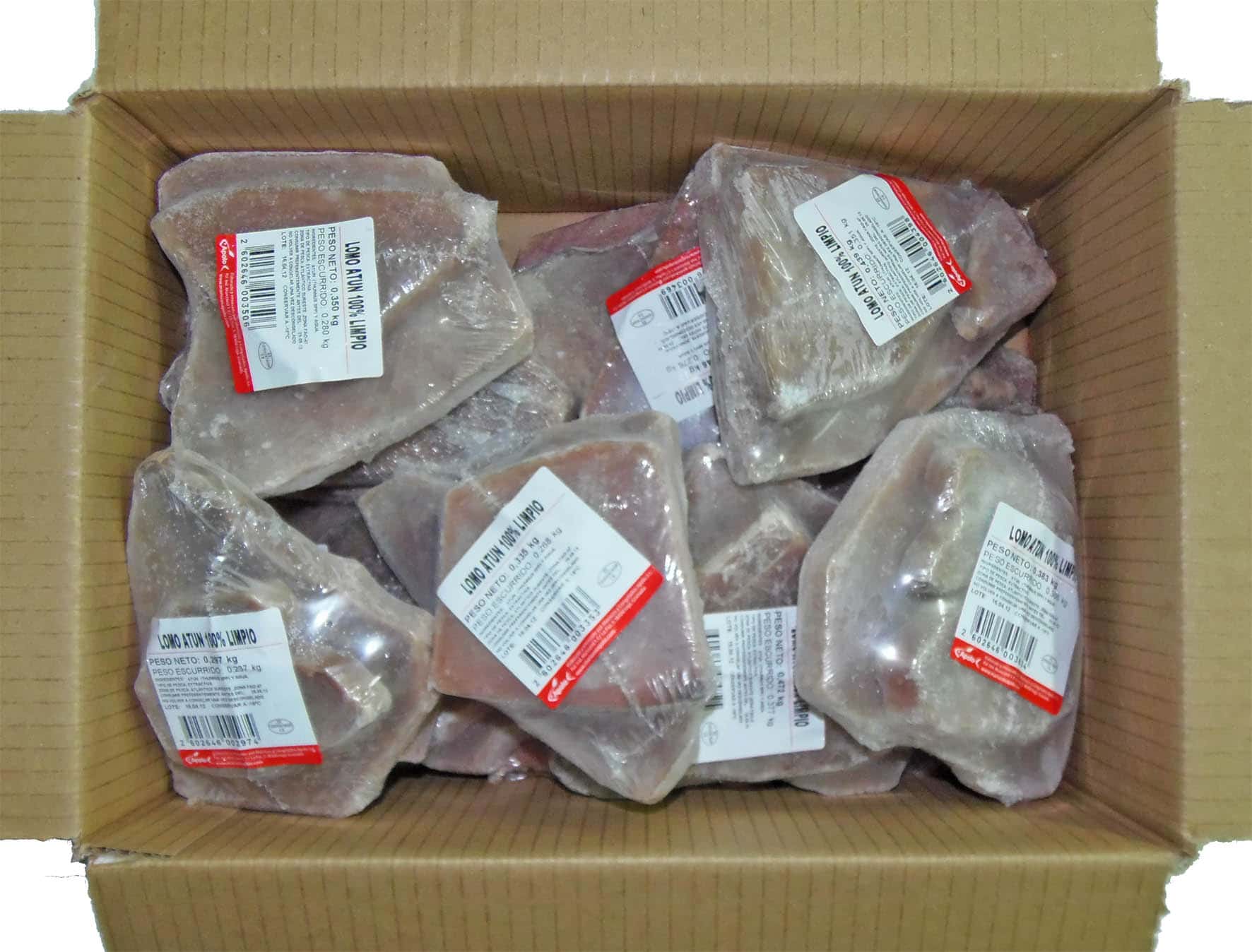Fish contains a basic treasure for the diet: Omega 3 is an essential part of the diet that provides us with a multitude of benefits. Among them, its essential role in the nervous tissue and retina stands out, in addition to being fundamental for the cardiovascular system.
Present in vegetable oils, walnuts, almonds, soybeans or chickpeas, fish and seafood are the ‘kings’ of Omega 3.
Their presence in the diet is even more important during pregnancy, lactation and infancy, since they facilitate the full neurological and ocular development of children. But it should never be missing in a rich and healthy diet. In this post we review the fish with more Omega 3.
Where are Omega 3 found?
Omega 3 are fatty acids or unsaturated fats that we obtain through food. The main source of these fatty acids are fish and aquaculture products (especially oily fish) due to their high EPA (Eicosa Pentaenoic Acid) and DHA (Docosahexa Hexaenoic Acid) content. Each of them has different effects on the human body:
– DHA: helps neurons communicate with each other and protects them from diseases such as Alzheimer’s. It therefore contributes to brain health.
– EPA: is vital for heart health and helps maintain healthy blood vessels due to its anti-inflammatory and anticoagulant properties.
What daily amount of Omega 3 should we consume?
Experts recommend a minimum daily intake in adults of between 1 and 2 grams of fatty acids. But its presence in the diet could be increased according to the needs.
Thus, as explained in Vitónica, those who have high triglycerides should take between 6 and 12 grams of omega 3 per day.
It is enough to know that in our weekly diet it would be recommended to introduce two or three portions of fatty fish such as mackerel, tuna, salmon or sardines.

This table is a good guide to know the amount of EPA and DHA contained in 100 grams of different fish such as tuna, anchovies, squid, sea bream, prawns or mussels.
All of them are main fish and present in the wide range of Mariscos Apolo’s catalog.
It is easier to check the richness of fish and seafood in Omega 3 with an easy comparison.
comparison provided by the OCU. To ingest the 4.1 grams of Omega 3 fatty acids provided by a serving of mackerel of 400 grams, it would be needed:
– 1.2 kg of pork
– 1.4 kg of chicken meat
– 2 kg of semi-fat veal
– 25 liters of whole milk
– 51 kg white rice (uncooked)





